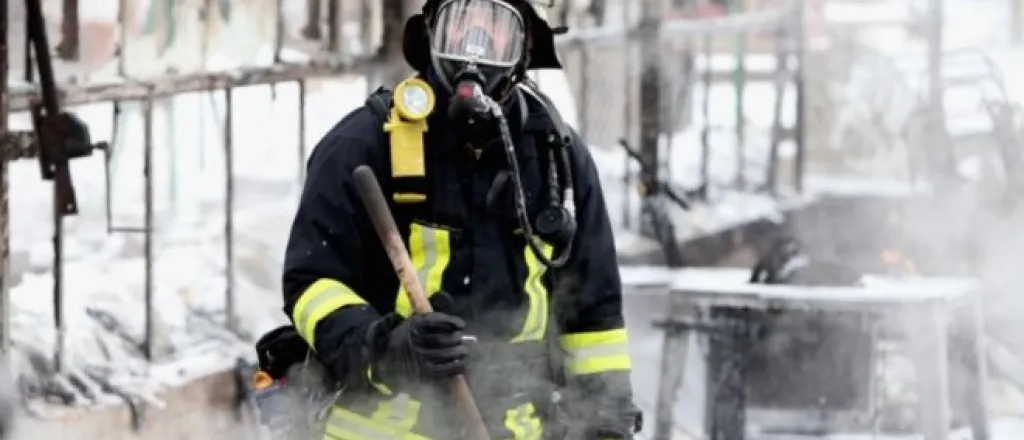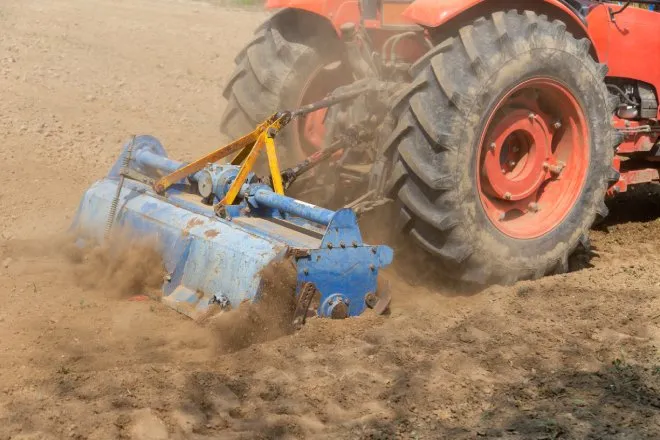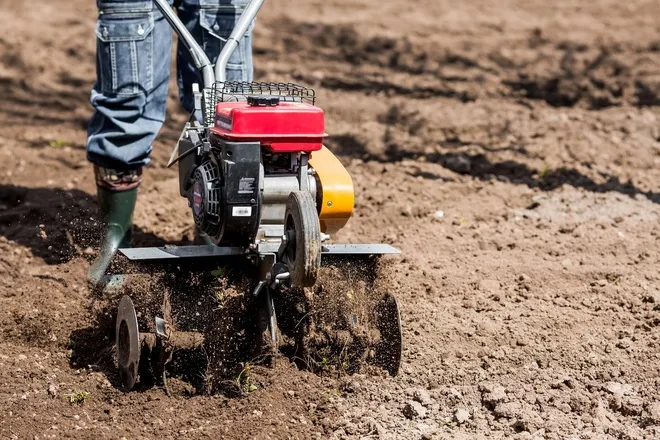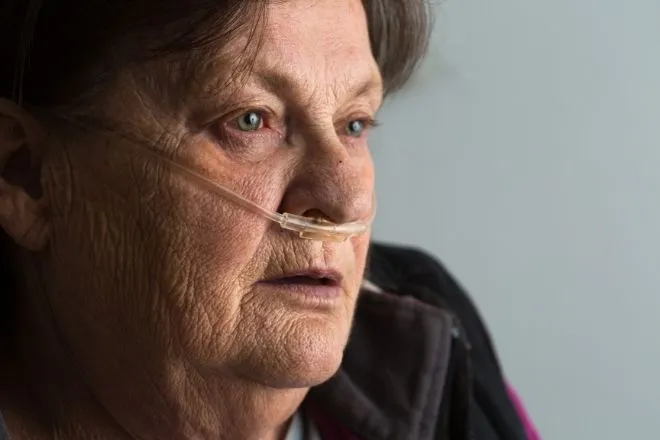
Top health risks that firefighters face
It’s no surprise that a job dedicated to combatting fires has a slew of associated risks. Of course, thorough training and durable, protective uniforms help minimize some health hazards on the job. Even with training and PPE, firefighters are still highly susceptible to developing health issues over time. Whether you’re interested in a firefighting career or are a veteran firefighter, discover the top health risks that firefighters face.
Heart disease
First responders undergo immense stress throughout their careers. This profound anxiety on top of poor sleeping and eating habits, smoking, or a lack of physical fitness can elevate a firefighter’s risk of heart disease.
While in the act of firefighting, the risk of experiencing a heart attack is even higher. Because the job is so physically, mentally, and emotionally tasking, firefighters must have healthy coping mechanisms to manage their stress and avoid detrimental lifestyle habits.
Cancer
Firefighters encounter tons of toxic carcinogens while combatting harsh blazes. Many of the toxins that regularly surround them contribute to their chances of developing one of the top health risks that firefighters face: cancer. The constant interaction with chemicals is compounded by the fact that most firefighters don’t get quality sleep, which exacerbates negative health issues. Below are different types of cancers that firefighters are most susceptible to after years on the job.
- Colon
- Bladder
- Brain
- Kidney
- Hodgkin’s lymphoma
Chronic respiratory disease
As mentioned, firefighters are regularly exposed to detrimental chemicals. Routine inhalation of contaminants in the air increases firefighters’ vulnerability to experiencing symptoms of chronic respiratory disease. Firefighters who smoke are considerably more likely to develop a respiratory ailment.
Ways firefighters reduce their risk of disease
Essential fire helmets and turnout gear have evolved over the last century, becoming more and more protective and effective for firefighter safety. A few preventative measures and protective gear advancements that reduce firefighters’ risk of developing disease. Check out the following preventative steps you can take:
- Follow a thorough wet and dry decontamination process after each mission.
- Always bring your breathing apparatus, should you enter Immediately Dangerous to Life and Health (IDLH) areas on the job.
- Always have a few bags to store your contaminated gear away from other materials following a rescue.
- Properly wash your helmet, face shields, and turnout gear upon return to your fire station.

















